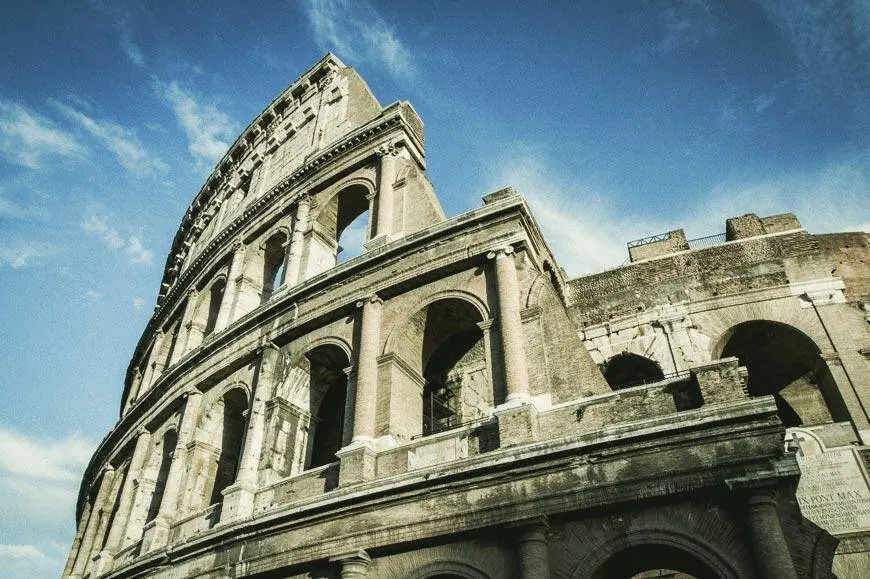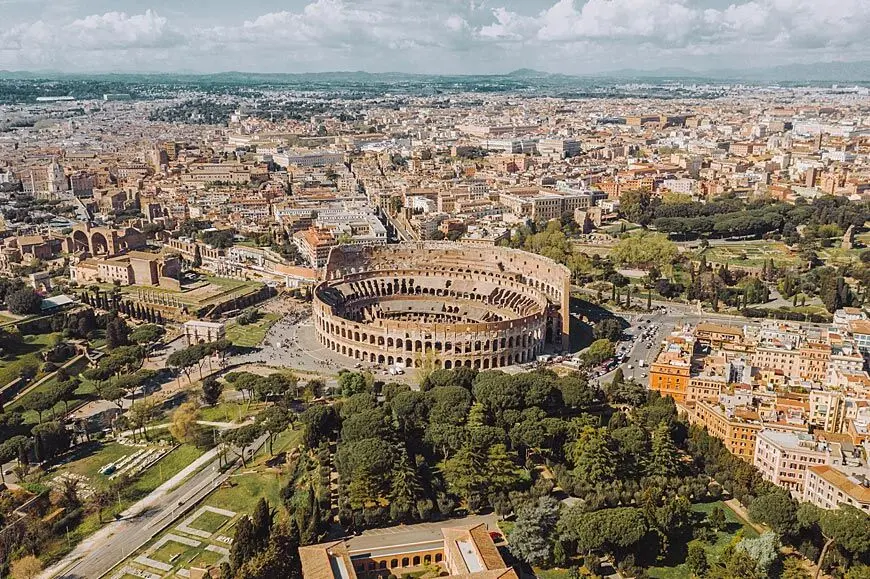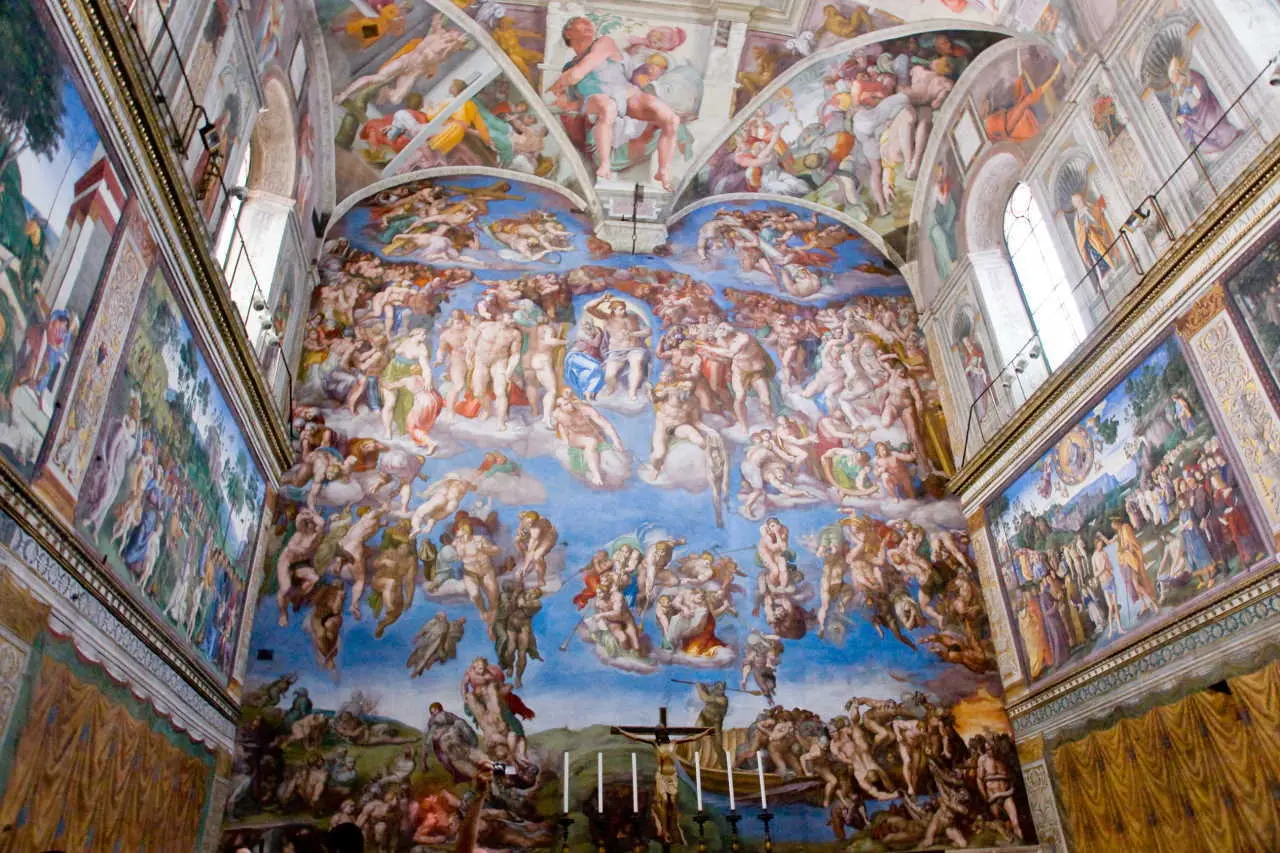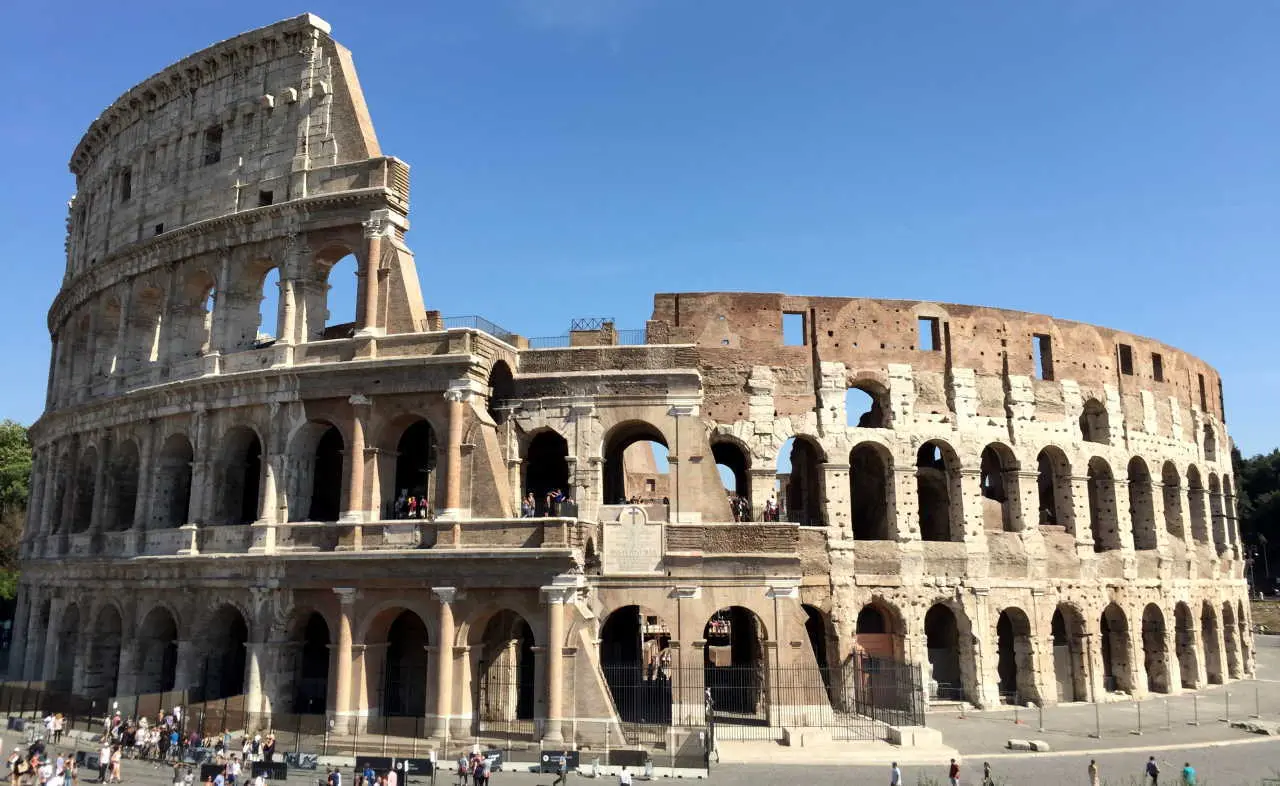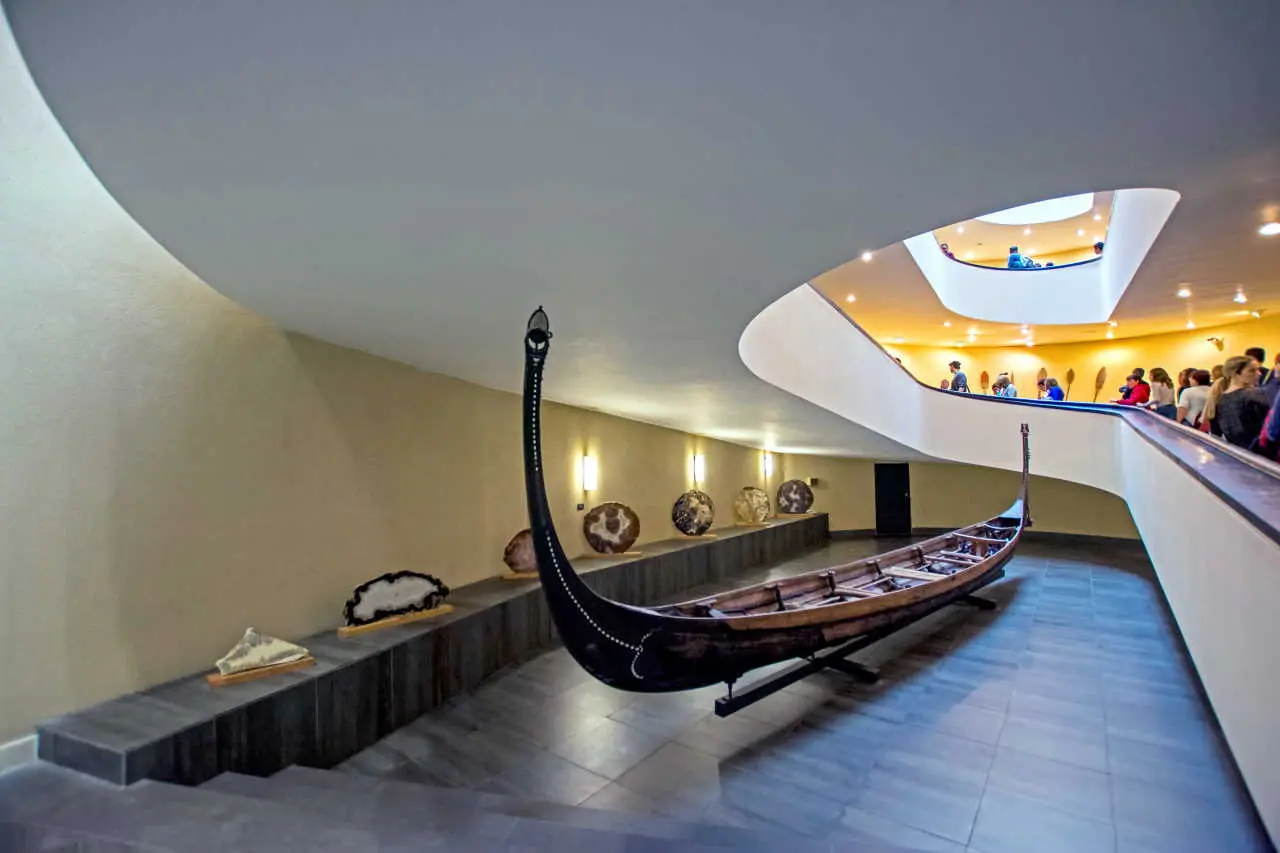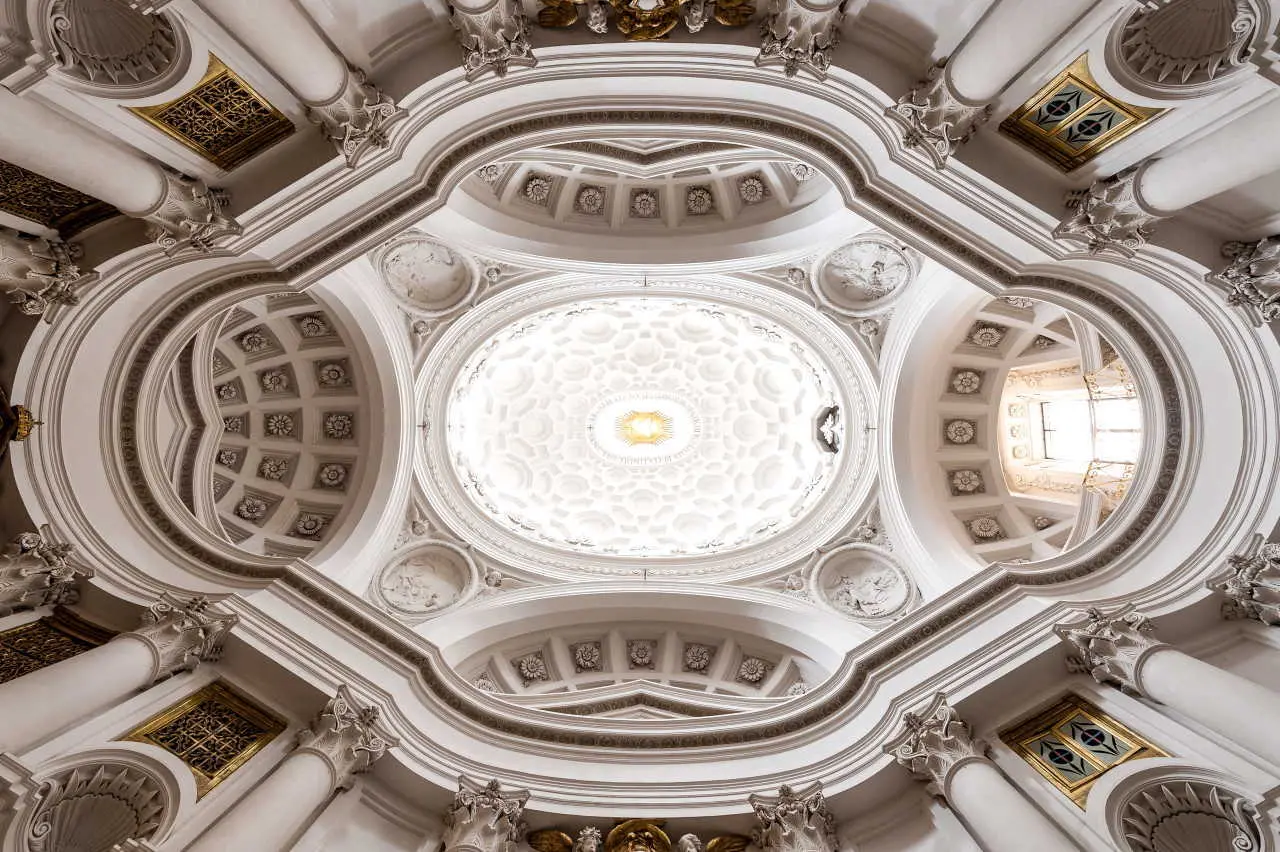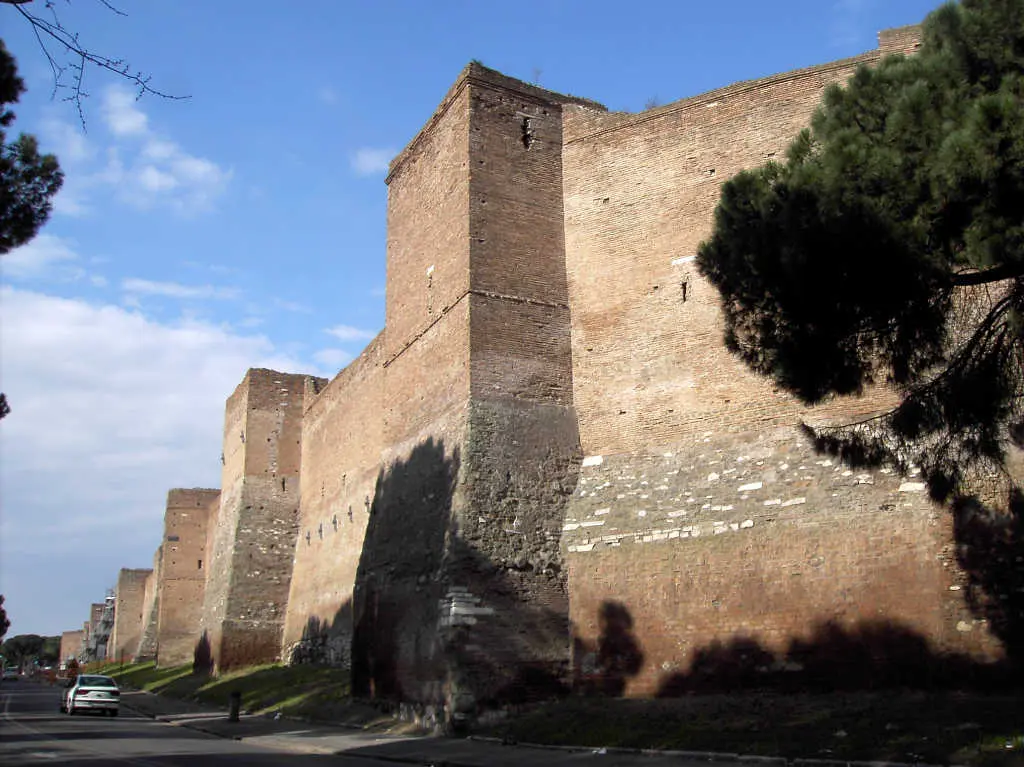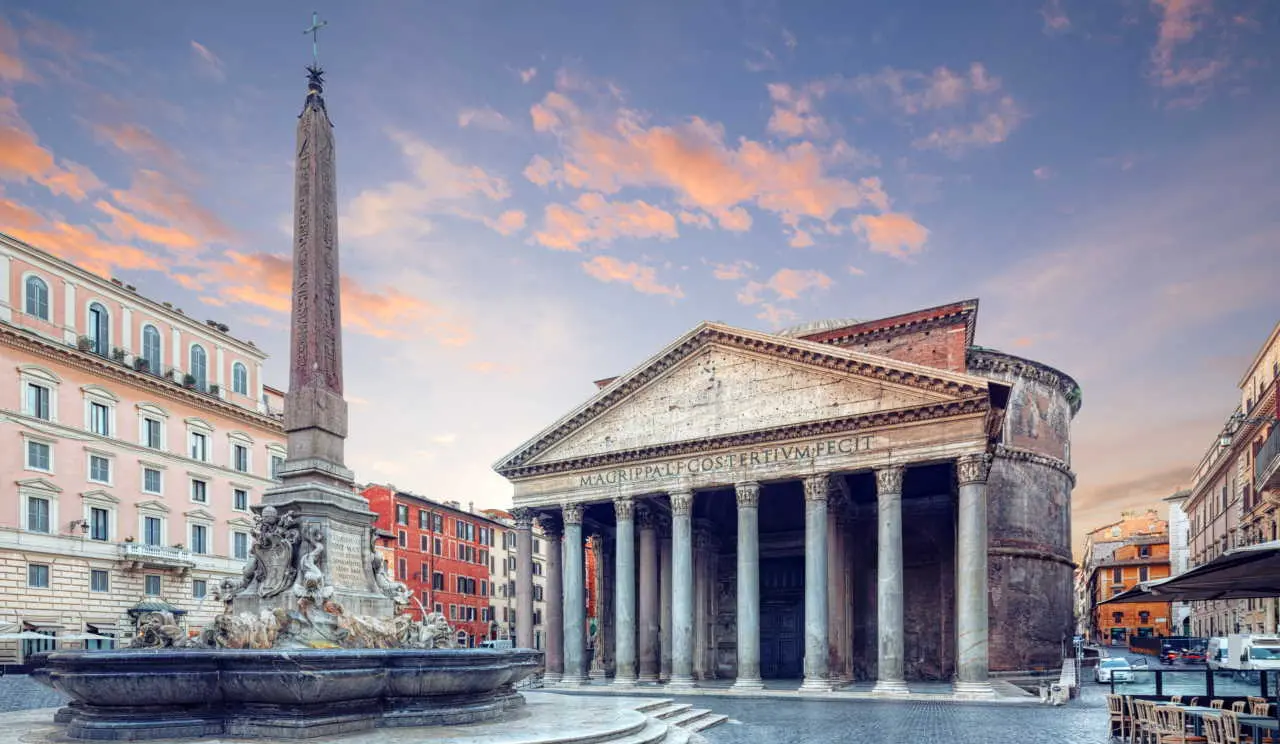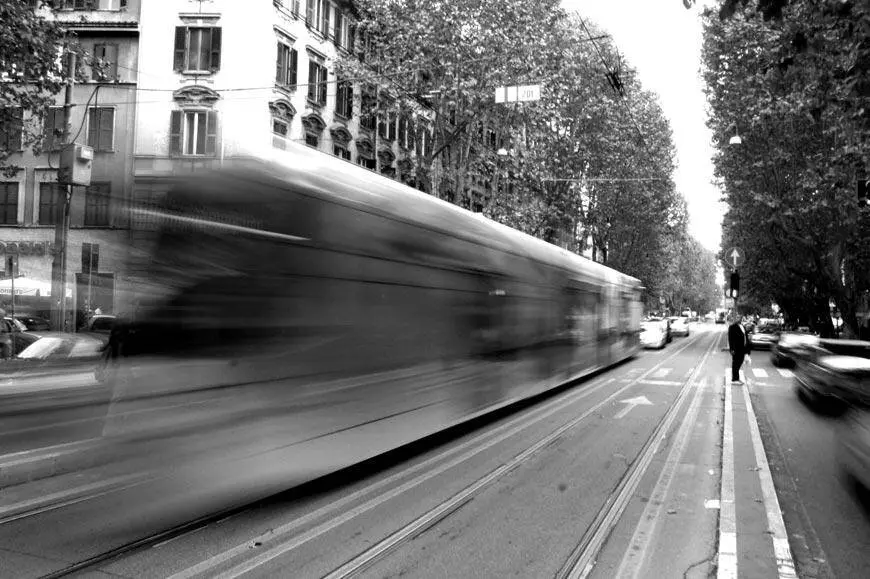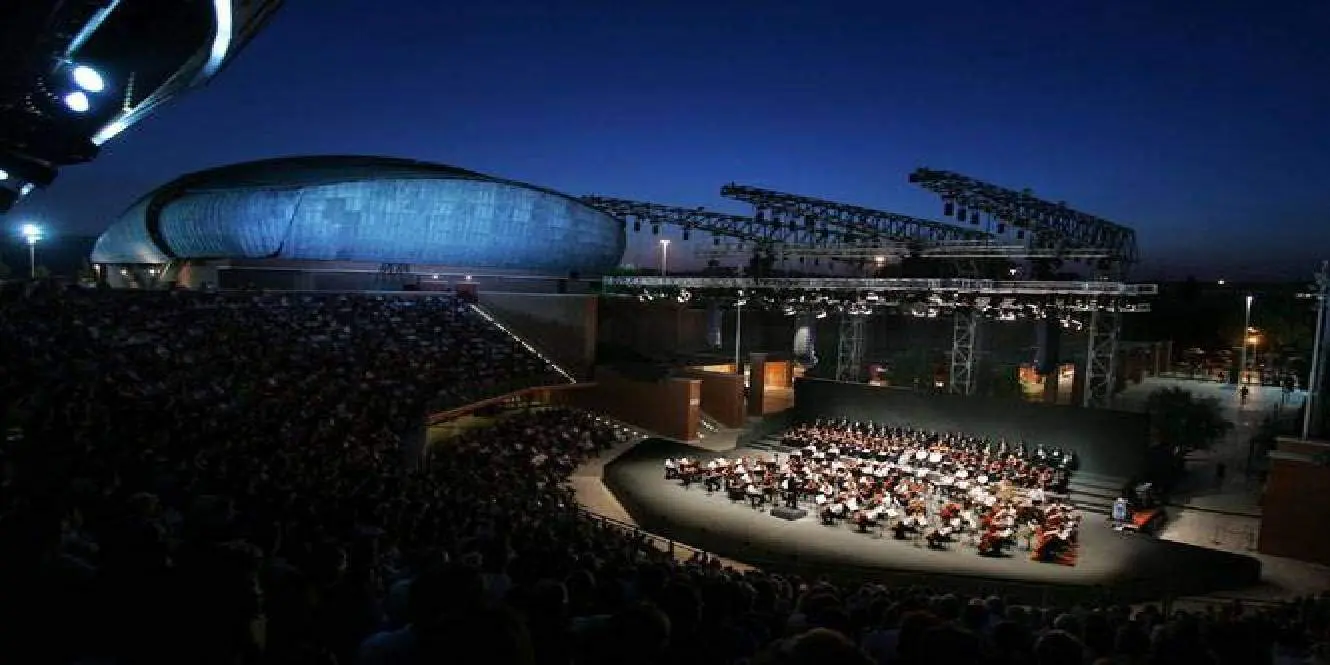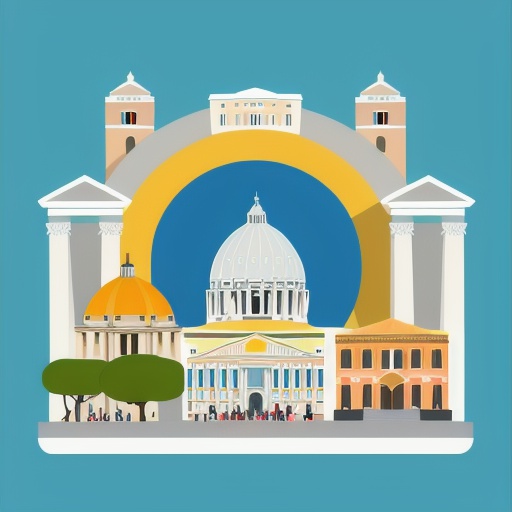Unique in the World
Known as the Urbe, Caput Mundi, and the Eternal City, Rome developed from the union of small pastoral communities that inhabited the Palatine, the main of the seven hills of Rome, as evidenced by dwellings dating back to 1100 and 1000 BC (the square Rome).
Over its three millennia of history, Rome has influenced the thought of the Western world, served as the capital of the Roman Empire, and remains the center of world Christianity.
The First Metropolis of Humanity
Rome is the capital of the world! Here, the entire history of the world intertwines, and I consider myself to be born a second time, to have truly been reborn, on the day I set foot in Rome.
The urban fabric of the contemporary city is the result of the constant overlay of architectural and urban elements, a chaotic alternation of periods of grandiosity and decadence, rebirths, and attempts at modernization.
Its historic center has been included in UNESCO’s list of World Heritage Sites.
One of the Most Important Ancient Civilizations
The extraordinary grandeur of the Roman Empire is first and foremost manifested in three things: the aqueducts, the paved roads, and the construction of the sewers.
Anyone who carefully considers the quantity of public water for baths, pools, fountains, houses, suburban gardens, villas, the distance from which the water comes, the conduits that have been built, the mountains that have been pierced, the valleys that have been overcome, must recognize that there has never been anything more marvelous in the whole world.
Pliny the Elder
In the 3rd century AD, the city had eleven aqueducts serving a population of over a million people.
The aqueducts brought an enormous availability of water to the city, distributed among a few private houses, over 1,300 public fountains, about 900 pools, and 11 public baths, as well as the 2 basins used for naumachiae and 3 artificial lakes.
An Immense Archaeological Area
Here, you breathe history.
The Roman Forum is now an archaeological area composed of layers of remains of buildings and monuments from various periods that were the nerve center of Roman civilization.
The Forum valley witnessed events of such importance that they repeatedly influenced the course of Western civilization.
The Imperial Forums are considered among the most beautiful archaeological sites in the West. Located between the Colosseum and Piazza Venezia, they constitute a series of five monumental squares built over a century and a half by Julius Caesar and the emperors Augustus, Vespasian, Nerva, and Trajan.
The Great Art
At the end of the 15th century, a young Roman fell into a pit on the Oppian Hill and found himself in a frescoed cave. He had discovered the Domus Aurea, a huge architectural complex commissioned by Emperor Nero in the heart of ancient Rome after the great fire of 64 AD had destroyed part of the city. This discovery proved to be of great importance for the Renaissance.
The immense complex—a combination of buildings and green spaces—included vineyards, woods, an artificial lake, gardens, and immense treasures covering an overall area of about 80 hectares. After the emperor’s death, the luxurious halls were looted of their coverings and sculptures and filled with soil up to the vaults, erasing all traces. Above the area that was once the Domus Aurea, the grand baths of Titus and Trajan were eventually built.
Even Pinturicchio, Raphael, and Michelangelo, following the fashion of many Roman artists, descended into the depths of the Domus Aurea to study these images, which were a source of new inspiration.
